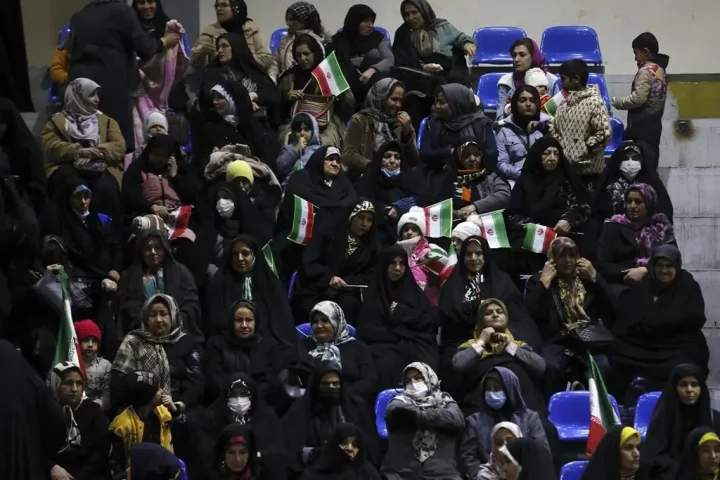
Iranians head to the polls on Friday to pick members of a new legislature and the Assembly of Experts, a key body tasked with selecting the Islamic republic's supreme leader.
Since the last elections, Iran has been badly affected by international sanctions that have led to an economic crisis, rocked by widespread protests from late 2022 to 2023 and drawn into escalating regional tensions over the Israel-Hamas war.
Here are five things to know about the elections.
1. Turnout worries
Iran holds parliamentary elections every four years and for the Assembly of Experts every eight years.
Around 61 million people out of Iran's population of over 85 million are eligible to vote.
Around 59,000 polling stations will open across Iran for the single-round elections, mainly in schools and mosques.
Senior state officials have urged people to vote, with speculation rife that there will be a low turnout.
Iran's current parliament was elected in a 2020 vote that saw a turnout of just 42.57 percent - the lowest since the 1979 Islamic Revolution.
A recent poll conducted by Iran's state television found that more than half of respondents were indifferent to the elections.
2. Parliament with limited role
The 290-member parliament is a unicameral chamber known as the Islamic Consultative Assembly.
Candidates can only stand after being vetted by the Guardian Council, whose members are either appointed or approved by the supreme leader.
Jurists from the Guardian Council have approved about 15,200 hopefuls, out of nearly 49,000 applicants, to run for seats in the parliament.
The parliament's powers are limited, with any legislation that it passes requiring approval by jurists from the Guardian Council.
The legislature includes representatives from religious minorities recognised by Iran's constitution including one each for Assyrians, Jews and Zoroastrians, as well as two for Armenian Christians.
3. Conservatives in charge
Candidates for parliamentary seats largely belong to two main camps: conservatives and reformists.
Iran's present parliament is dominated by conservatives and ultra-conservatives, and observers expect that the new parliament will have a similar makeup.
A number of incumbent parliamentarians have been disqualified from re-election.
Some reformists have criticised the elections, with former president Mohammad Khatami quoted as saying this month by the conservative Javan daily that Iran was "very far from free and competitive elections".
4. Choosing the supreme leader
The Assembly of Experts is an 88-member body exclusively made up of male Islamic scholars.
It is tasked with electing, supervising and, if necessary, dismissing the supreme leader, who has the final say in all matters of state.
The assembly elected current supreme leader Ayatollah Ali Khamenei, 84, in 1989 after the death of Ayatollah Ruhollah Khomeini who founded the Islamic republic.
The 97-year-old ultra-conservative Ahmad Jannati is the current head of the assembly.
Candidates for the assembly are also vetted by the Guardian Council, which approved 144 of them.
Former moderate president Hassan Rouhani, who had spent 24 years as a member, said he had been barred from standing.
5. Women's representation
Women have the right to vote in Iran and makeup 30 million of the electorate.
Nearly 12 percent of the total number of hopefuls running for seats are women, according to interior ministry figures.
The current parliament has 16 women members, according to the official IRNA news agency.
The elections will be the first since the September 2022 death in police custody of 22-year-old Mahsa Amini.
Amini had been arrested for allegedly violating the Islamic Republic's strict dress code for women.
Her death led to widespread protests that saw hundreds of people, including dozens of security personnel killed.

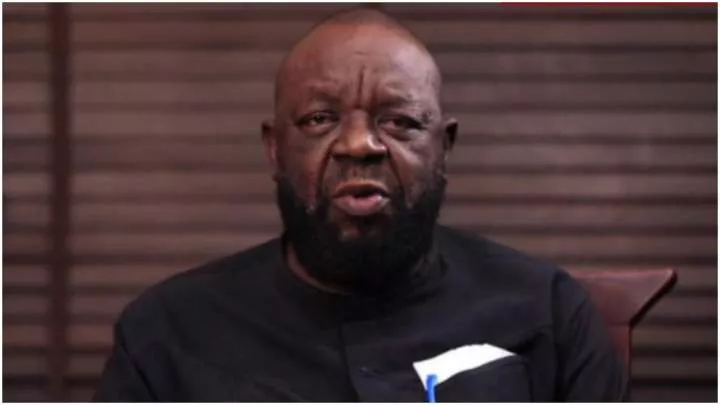
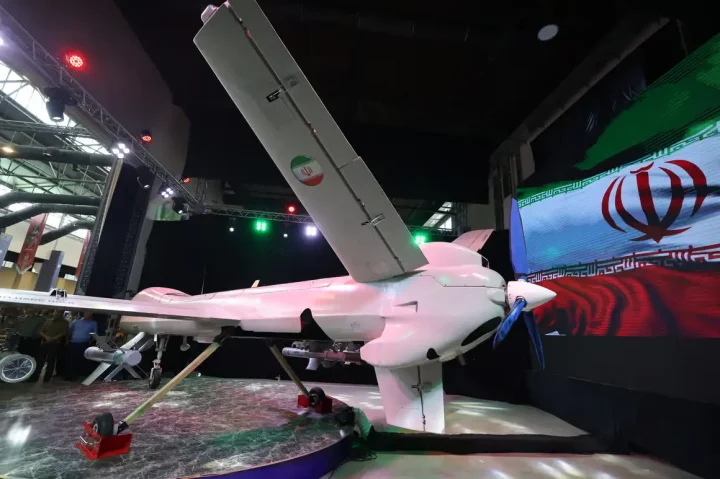
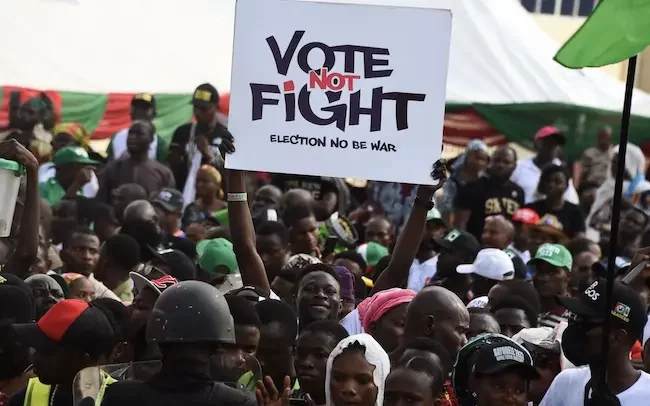
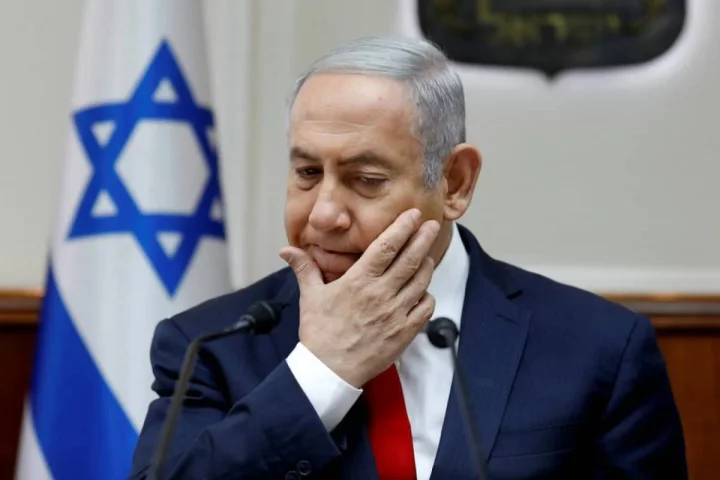
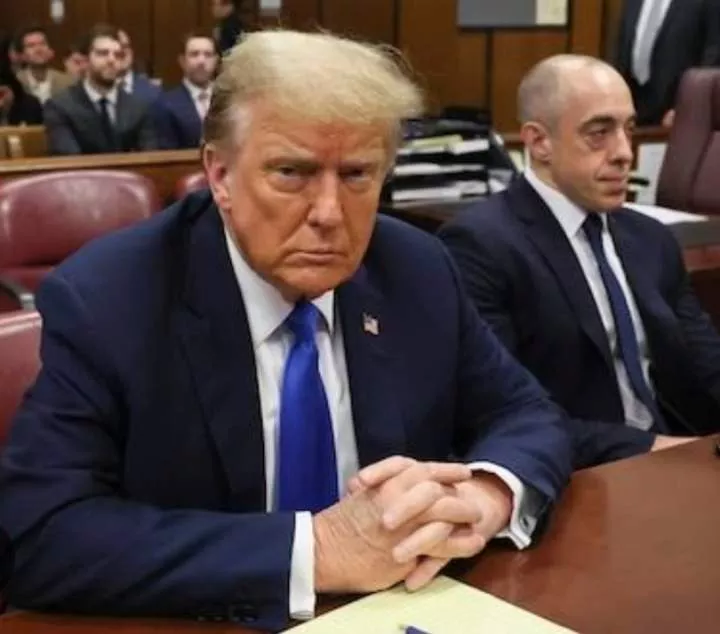
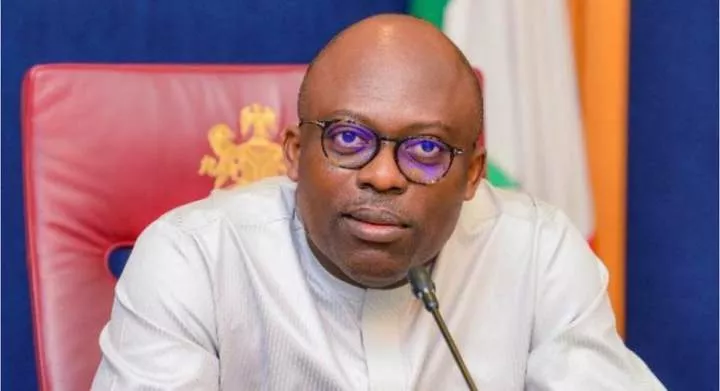

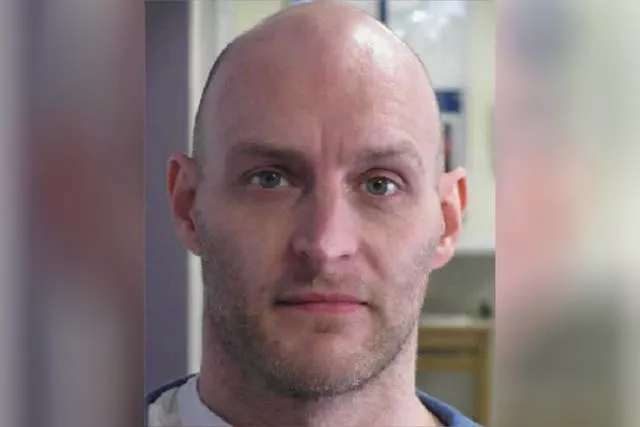




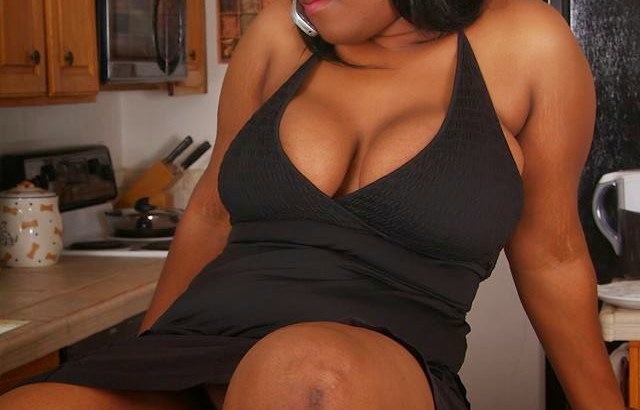


Comments